We explain who King Arthur was, how his legend originated, and the characters that make it up. In addition, its characteristics and works.
Who was King Arthur?
King Arthur, also called Arthur of Pendragon, is the central character in a legendary British tradition, narrated in numerous medieval romances (known as the "Matter of Britain"). It occupies a central place in various European literary traditions, especially English and French.
It is a fictional character, originally from the Celtic tradition, around which there are numerous myths, legends, and later stories. Different theories also developed around the fact that he could have been a real person during the early Middle Ages.
Generally, King Arthur is conceived as the ideal, just, and brave monarch, both in times of peace and war. Legend holds that he was chosen by supernatural forces for the government. His death occurs at the hands of his own son.
Origin of the legend of King Arthur
There are no reliable archaeological testimonies that allow us to know how the legend of Arthur originated. Instead, it appears in numerous ancient texts of a more or less literary nature.
One of them is Historia Regnum Britanniae ("History of the British Kings", circa 1130) by Geoffrey of Monmouth.
It is a pseudohistorical chronicle of the kings of Great Britain in which King Arthur is mentioned.
It also appears in two earlier texts: Historia Brittonum ("History of the Britons", circa 833) by a supposed Welsh cleric named Nennius, and Annales Cambriae ("Annals of Wales", sometime in the 10th century).
According to these sources, King Arthur was a British-Roman warlord who led the defense of Britain against the Saxon invaders in the early 6th century.
However, there are other theories regarding its origin. For example, he is related to a Roman military man named Lucius Artorius Castus who lived in the second century. It is also similar to the monarch Athrwys ap Meurig, who ruled Glamorgan and Gwent in South Wales in the 6th century.
Summary of the tale of King Arthur
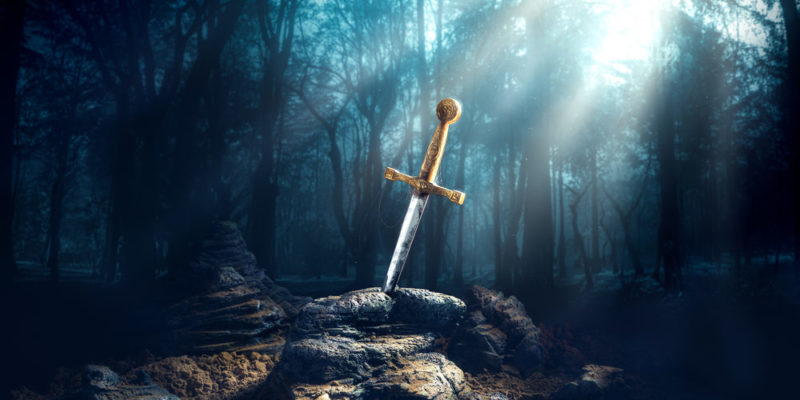
The legend of King Arthur can be summarized in three cycles:
- The sword in the Stone. King Uther was in love with Igraine, the wife of his enemy, the Duke of Cornwall. He establishes a pact with the sorcerer Merlin in which the magician will grant him the love of the Duchess, in exchange for the first child he has with her, who will be raised to fulfill his destiny: to be King of all Great Britain. The young man was raised ignorant of his blue blood, while King Uther died and numerous nobles disputed the throne. To obtain it, they had to withdraw a sword buried in the heart of a stone, so year after year the strongest knights tried without success. Until the young Arturo, barely 15 years old, withdrew it almost effortlessly, thus revealing his fate.
- The Holy Grail. Arthur's reign was so fair that many wanted to serve him at court. That is why he acquired a round table at which his 150 best knights were seated, added one by one to his service, and advised by Merlin's immortal wisdom. Once his court was established, King Arthur summoned his knights to search for the Holy Grail that had received the blood of Jesus Christ and therefore had healing properties. With it, he could heal himself from disease or poisoning caused by the intrigues against him.
- The death of Arturo. The son of Arthur and Morgana, Sir Mordred, plots against him and wishes to take over the throne. For this, he accuses Queen Guinevere and the right hand of Arthur, Sir Lancelot, of having committed adultery and therefore deserving the stake as sinners (the versions differ regarding the veracity of the accusations). The Knights of the Round Table then take part in the conflict, some for Lancelot and others for King Arthur. The kingdom enters civil war, culminating in Lancelot's flight with the Queen and the confrontation to the death of Arthur and Sir Mordred, who kill each other.
Excalibur and the Lady of the Lake
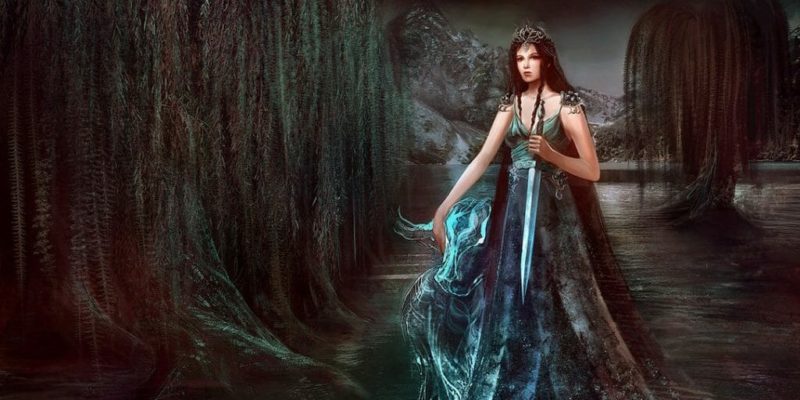
One of the best-known stories in the Arthurian imagination has to do with the sword enclosed in the stone, which only the chosen one could withdraw and be crowned king. In some versions, this sword is Excalibur. But others indicate that, after obtaining it, Arthur loses his first sword and replaces it with Excalibur.
This magic sword is owned by a mysterious Lady of the Lake to whom the magician Merlin leads him. The mysterious woman gives him the new sword and a prophecy: "as long as you carry it, you will not lose any blood, but one day a woman you trust will arrive and steal it from you."
This is fulfilled later, when Arthur has his son Mordred in an incestuous affair with his sister or half-sister Morgana Le Fay or Morgause, depending on the versions. In some of them, Mordred is his nephew. In any case, jealous of Arthur's marriage to Guinevere, Morgana snatches the Excalibur sword from him and throws it into a lake.
Camelot and the Holy Grail
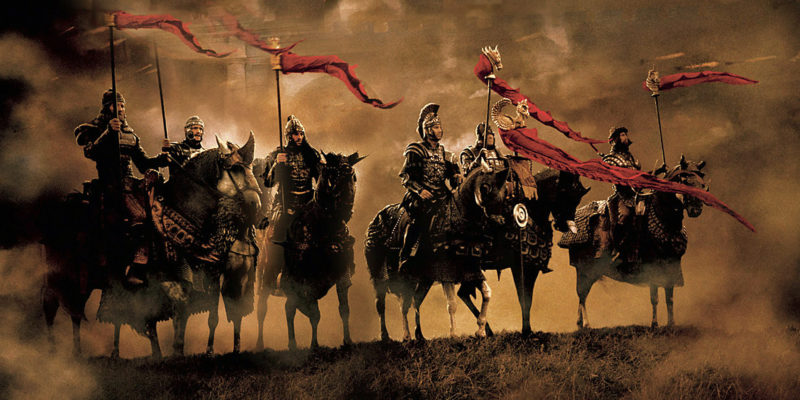
Camelot is the name of Arthur's castle, where he surrounds himself with the bravest knights, with whom he founded the Round Table. During a long period of peace, Arturo meets his wife Guinevere, with whom he will marry and be happy, until the arrival in Camelot de Lancelot (Lanzarote), with whom the queen will secretly fall in love.
The adventures of the Knights of the Round Table are told around the search for the Holy Grail of Jesus Christ, a Christian relic with magical properties. Most of them will fail and perish in the attempt, facing monsters, dragons, sorcerers and enemy knights.
The knights of the round table
Some of the most famous Knights of the Round Table were:
- Lancelot or Lanzarote. Adopted son of the Lady of the Lake, Nimue. He falls in love with Queen Guinevere, unleashing the internal war of the kingdom.
- Perceval or Parsifal. Son of Pellinore, one of the great protagonists of the search for the Holy Grail.
- Gawain or Galván. Son of King Lot and sister of King Arthur, Morgause. He is one of the most select of the Round Table. Their forces grow or wane with the presence of the sun.
- Bors or Bourses. Name shared by two gentlemen, father, and son. The first would be King of Gaul, and the second one of the three knights who obtained the Holy Grail.
- Galahad or Galaz. Bastard son of Lanzarote and the princess and sorceress Elaine. He is one of the three who found the Holy Grail.
Merlin the wizard
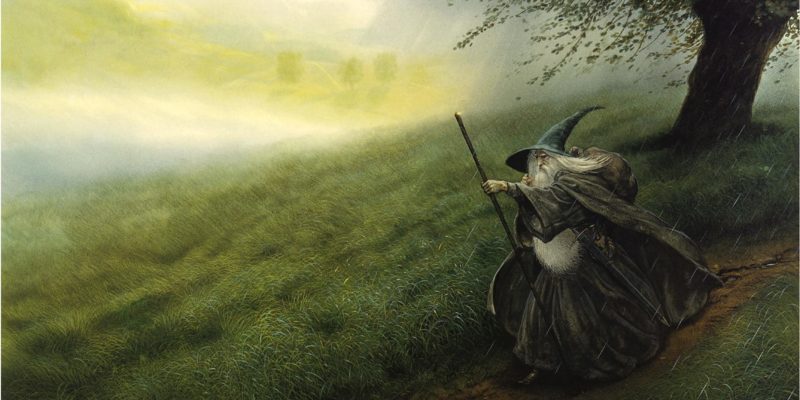
There are many legends about the famous Welsh magician Merlin, some of which claim that he lived in the 6th century. However, it is often stated that "Merlin" was not a name but a title, that is, a position at court, similar to the title of Druid.
In the numerous stories in which he is named, various archetypes associated with magic converge in the figure of Merlin: the hermit, the magician, the shaman, and the prophet.
The Arthurian Cycle
The so-called "Matter of Britain" is a very important set of European stories compiled in medieval texts, generally as a result of translations from Celtic and later Christian inventions. There the various stages of the legend of King Arthur and the Knights of the Round Table are narrated.
In addition, other myths and parallel stories also appear in this set of stories. They are carried out by characters such as Brutus of Troy, Old King Cole, King Lear, or Gogmagog.
King Arthur in literature
The literature Arthurian is too extensive to be listed, there are so many works that would be impossible to list them. But they can stand out:
- History of the Kings of Britain by Geoffrey of Monmouth.
- The knight of the cart, Lancelot, Perceval, or the tale of the Grail, among others, by Chrétien de Troyes.
- The Death of Arthur by Thomas Malory.
- Richard Wagner's Parsifal (Opera).
- A Yankee in the court of King Arthur by Mark Twain.
- The Fall of Arthur by JRR Tolkien.
King Arthur in the movies
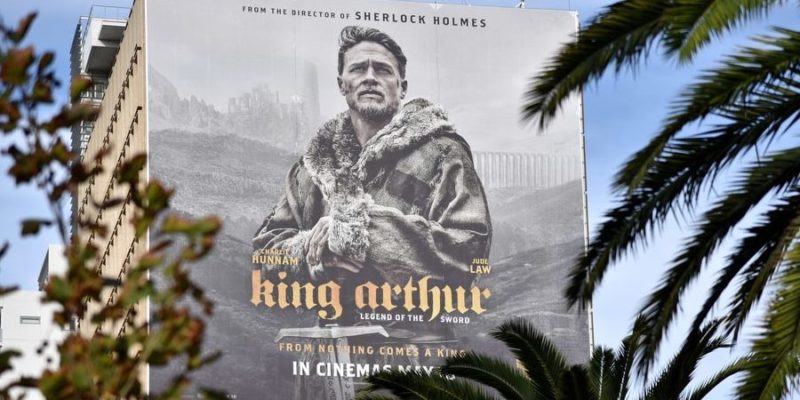
This legend has inspired numerous films, such as:
- The Sword in the Stone (1963), animated film by Walt Disney Pictures.
- Camelot (1967), directed by Joshua Logan.
- Lancelot du Lac (1974) directed by Robert Bresson.
- Excalibur (1981) directed by John Boorman.
- King Arthur: Legend of the Sword (2017) directed by Guy Ritchie.
Did King Arthur really exist?
There is no reliable historical way to prove the actual existence of a King Arthur, no known monarch of Great Britain had that name. But there are different interpretations as to whether it was a pseudonym. Some theories hold that the name is of Latin origin. Others, that it is a deformation of Celtic voices.
For example, there was a British warlord Owain Ddantgwyn who reigned in Powys, Wales, at the end of the 5th century, and was nicknamed "the bear". And since bear in Gaelic is pronounced arch and in British language the suffix - our means "man", it is possible that Arthur meant "man-bear" and that in time he became Arthur, Arthur.
The above content published at Collaborative Research Group is for informational and educational purposes only and has been developed by referring to reliable sources and recommendations from technology experts. We do not have any contact with official entities nor do we intend to replace the information that they emit.
MA student of the TransAtlantic Masters program at UNC-Chapel Hill. Political Science with a focus on European Studies. Expressed ideas are open to revision. He not only covers Technical articles but also has skills in the fields of SEO, graphics, web development and coding. .
Leave a reply
Your email address will not be published. Required fields are marked *Recent post

Sport: What Is It, Types, Risks, Features, Characteristics and Examples

Dogs: Emergence, Features, Characteristics, Feeding and Breeds

Story: Definition, Elements, Structure, Features and Characteristics

